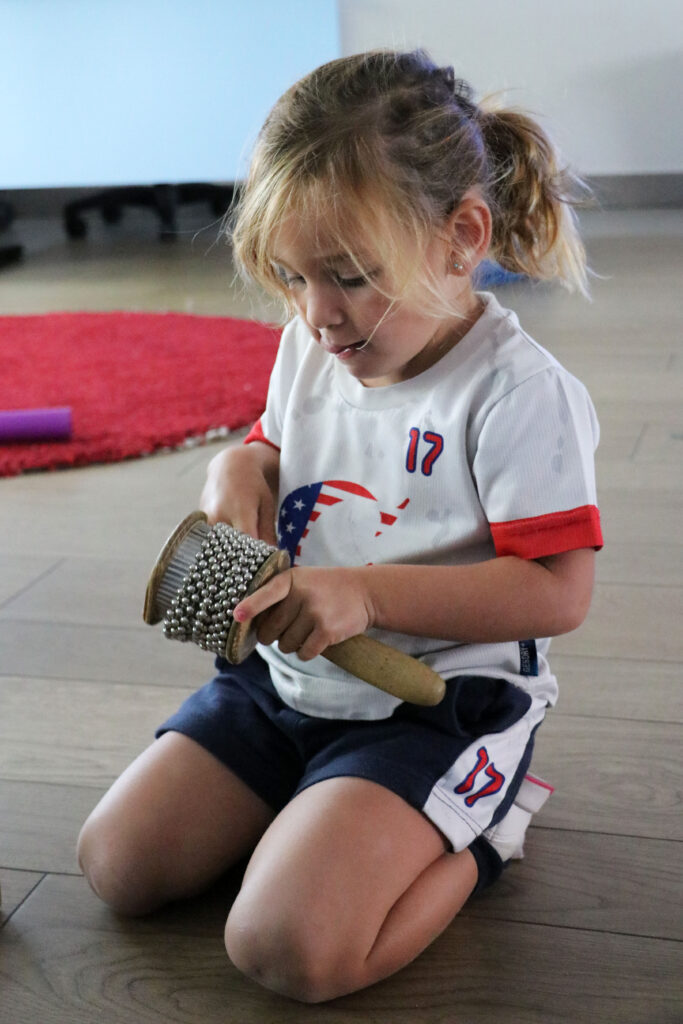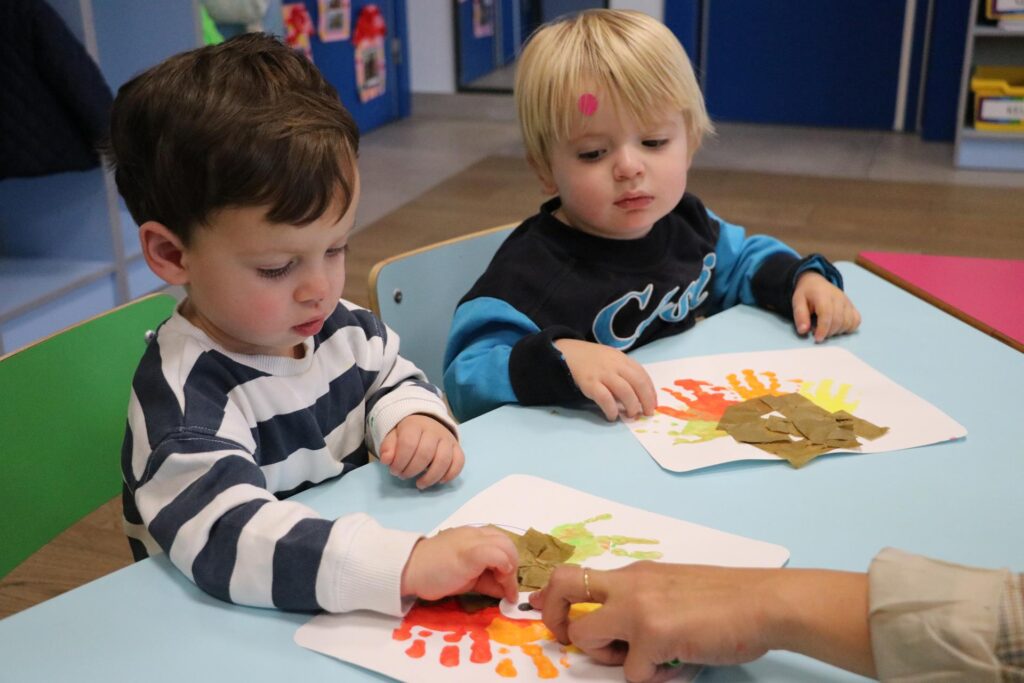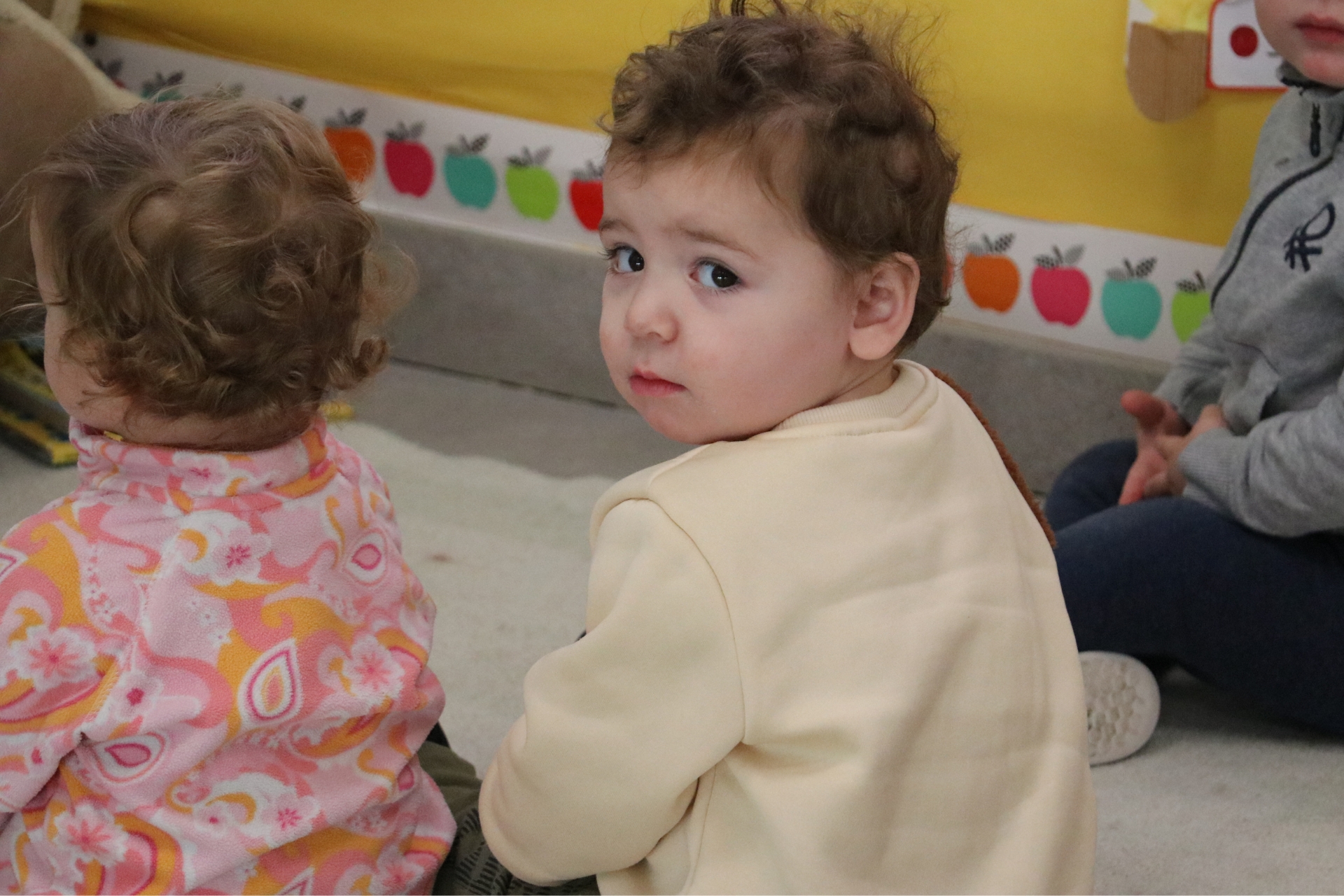Babies have a world to discover. From a very young age, they show the natural instinct of explorers that we all have: the curiosity to see, touch, try, listen, be amazed… in short, to explore and understand their surroundings. Through educational activities for babies, they have fun and progress in their physical, cognitive, and emotional growth in a very simple way.
Although it is generally nurseries, Pre-School and Kindergarten that are responsible for this early stimulation process, it is vital that educational games are also done at home, taking into account the baby’s age and abilities. These educational activities for babies from 0 to 1 year old significantly contribute and “actively support the development of babies,” experts explain.
First skills that babies develop
1. Language, communication and social skills
When they interact with other children, they learn to socialize. They encourage language development while singing songs or reading stories. It’s the natural development: to learn to speak, we must first listen and then begin to produce our own sounds.
Likewise, musical communication is a great enhancer of language development. However, physical development is also vital, as it works on rhythmic and harmonic movement.
On the other hand, if children are introduced to role-playing and theater from a young age, it will become natural for them to speak or perform in front of an audience. Additionally, dressing up, imitating characters, or engaging in symbolic play will help stimulate their social skills as well.
2. Motor Development
It is important to stimulate development while respecting the child’s natural instincts. However, they should not be exposed to situations or positions they have not reached on their own.
It is also beneficial for them to become familiar with colors, shapes, sizes, and subjective concepts such as up-down, inside-out, near-far. Just like in learning through play, these types of activities help their reasoning and logic develop alongside their physical, emotional, and language growth.

3. Fine motor skills
The best way to work on fine motor skills is through art. By using paints or collage techniques, children strengthen the fine muscles of their fingers and hands, while also developing coordination and motor control.
In addition, manipulating different materials like paper, glue, or brushes allows them to improve their skill and precision.
These exercises not only stimulate their creativity, but also provide them with skills that, over time, will translate into more complex achievements such as writing or tying shoelaces.

Examples of educational activities for babies
All these educational games are designed to awaken the baby’s curiosity and interest in the world around them, making them an active part of this exploration. In other words, the goal is to enhance their sensory stimulation.
1. Reading stories
Children’s books and their illustrations provide a great opportunity for babies to start discovering the world around them and the different stimuli through sight. The vibrant colors, simple shapes, and expressive images help capture their attention, stimulate visual development, and introduce them to new concepts, objects, and emotions in a fun and engaging way.
Many baby books are designed for this type of experimentation, incorporating elements for them to touch, mix, play with, and take out or put in objects. Learning through touch allows them to feel and identify textures like rough, soft, squishy, and hard, helping to stimulate their sensory development and enhance their tactile experiences.
2. Sensory tray
You need a tray with water, rubber animals and plants, sticks, sand or salt, and sponges. Pour water into the tray and cover the bottom with sand or salt.
Children can move the objects in the water and explore the bottom. With this activity, they will also learn to soak the sponge and wring it out, observing the changes in sound, size, and texture.
3. Textured paintings
Another way to introduce babies to different textures is by using yogurt or jelly as hand paints. This activity helps stimulate the baby’s fine motor skills and sensory development.
4. Obstacle course
Floor games, like obstacle courses, are essential for the development of babies’ motor skills. Therefore, it is important to have attractive toys for them. This way, we motivate them to move towards the toys and even encourage them to start crawling or scooting to reach them.
5. Mirrow play
Mirror play is excellent for the development of self-exploration and visual perception. Babies enjoy observing their face, movements, and gestures. Additionally, these activities help them recognize their facial expressions, familiarize themselves with their own body, and enhance hand-eye coordination. Over time, the baby will begin trying to touch the mirror or their reflections.
Learn more about our teaching methodology
The teaching staff of Nursery at Casvi International American School carries out activities designed to stimulate the physical, cognitive, and emotional development of babies in an integrated way. In this way, they promote motor skills, curiosity, and learning while creating a safe and nurturing environment that supports their well-being and overall growth.
If you want to learn more about our teaching methodology for babies, visit our website or contact our Admissions Department.


